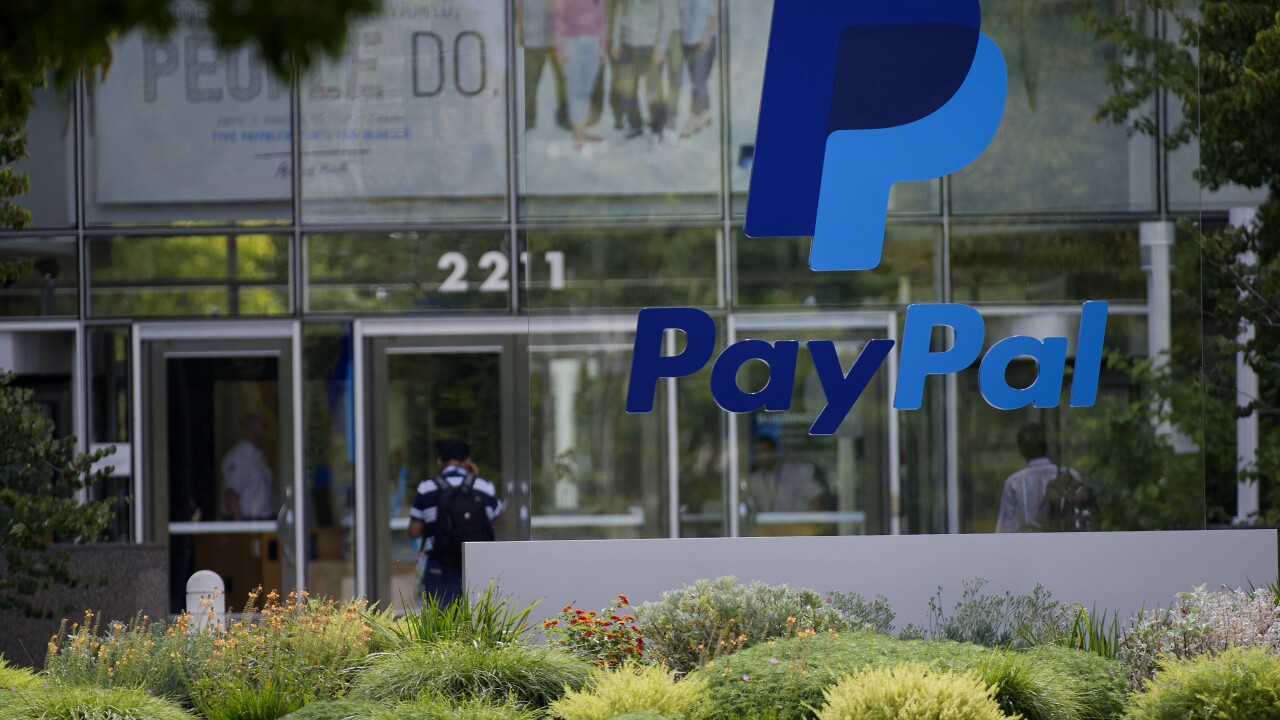Payments and financial services technology are still stuck in yesteryear, chained to paper and dangerously prone to fraud, according to Matt Streisfeld, a principal at Oak HC/FT.
"There's a massive opportunity for technology that enables solutions for an antiquated marketplace that needs to respond to a shift in customer behaviors," said Streisfeld. "And a lot of the IT spending goes into upkeep or maintaining legacy systems."
Oak HC/FT just launched a $600 million fund to invest in companies that develop technology for payments, financial services and health care. There's already a lot of money in the financial technology industry.

Innovations such as mobile access, distributed ledger and artificial intelligence are gaining steam, as are open development techniques such as application programming interfaces and software development kits. But there are signs that, despite this attention to technology, there's still a stubborn latency and friction in transaction processing.
The payments and financial technology markets, while prolific, still must serve the "lowest common denominator," according to Andy Schmidt, an executive advisor at Gartner's CEB. "It's a case of, 'How many banks can I sell this to? Or, how many businesses? Or, how many endpoints?' Because of that, the overall technology moves slowly."
While there are companies adopting technology for faster payment processing and open development, ongoing
"Most business-to-business payments are still paper based, and by moving into electronic payments, there can be a 75% cost reduction," Streisfeld said. "And millions of U.S. adults are victims of ID fraud…This antiquated technology is creating security risks and operational inefficiencies."
Oak HC/FT sees data management, cloud-delivered mobile and machine learning technology as its primary focus areas. Innovations in each of these areas can improve the intelligence behind decision making and security, and make the deployment of technology flexible and streamlined.
"What we're not seeing in the industry is the full picture of consumers," Streisfeld said, adding that omission makes security, marketing and product delivery across payments and other services less than exact. "Someone may shop a few times at a place, but not regularly. But that has to be part of the full picture."
Oak HC/FT will seek out other companies similar to Feedzai, an investment from an earlier financial technology fund, Streisfeld said.
Feedzai's use of machine learning has doubled its ability to detect fraud, and analyzing broader sourced data can lower false positives, according to Streisfeld.
"There is going to be normal behavior that may not look correct on the surface," Streisfeld said, adding Feedzai's anonymous logging of earlier payments contributes to a more detailed assessment of suspicious activities that goes beyond an unusual location or size of payment.
There is a lot of opportunity for investors to focus on data technology companies because data is more available and more valuable than ever, Schmidt said. "If you can find a better way to harness data, that can help a payment system provide more value."





